I recently wrote this answer, in which I said:
Radio waves are electromagnetic radiation. Electromagnetic radiation contains of two components, one electrical and one magnetic. These components create each other, as said above. The red magnetic field creates a blue electric field, which creates the next magnetic field, and so on.
I got this diagram from wikipedia, but my physics book and Jim Hawkins WA2WHV give the same diagram.
In the comments, a discussion followed:
Olin Lathrop: Your first diagram is wrong. The B and E fields are actually 90 degrees out of phase with each other, not in phase as the diagram shows. The energy is constantly sloshing back and forth between the E and B fields.
Keelan: Are you sure? Wikipedia and my physics book show different. The two fields should have a fixed ratio, I believe, which cannot happen when out of phase. One field is horizontal and the other vertical, there's a 90 degrees angle - the diagram is an attempt to show three dimensions.
Olin Lathrop: Hmm. I always understood them to be in quadrature, but I don't have time to look that up right now. This could be a case of one bad diagram blindly copied by lots of others. Where is the energy when both fields hit 0 in your diagram? In quadrature, the sum of the squares of each field's amplitude is a constant, which gives a good explanation of how the energy can persist. It sloshes back and forth between the two fields, but its total is always the same.
I follow Olin's logic and can't say myself why the fields would be in phase. So my question is: are the E and B fields of electromagnetic radiation in phase or not? How can one understand this?


